Every RV owner knows how important it is to have functioning running lights on their vehicle. These lights are designed to keep you and other drivers safe on the road, especially at night or in low visibility conditions. If your RV running lights are not working, it’s essential that you fix the issue as soon as possible to avoid any accidents. In this post, we will discuss some of the common reasons why RV running lights stop working and how you can fix them.
Table of Contents
What Are RV Running Lights?
So, you’re out on the road with your RV, enjoying the views and the adventure, when you notice that there’s one thing that’s instrumental in keeping you and other drivers safe – RV running lights! These may appear to be simple and unassuming, but they are essential for your safety on the roads. Keep reading to learn about everything you need to know about RV running lights.
The next question is – why are they so important? One of the main reasons for this is because they increase the safety factor on the roads. Since RVs are often larger and bulkier than other vehicles, these running lights make them more visible on the road, even during nighttime or low-visibility situations. They’re especially vital when you’re driving in areas where there are a lot of other cars and trucks around, such as cities or highways.
Another thing to consider is the legal aspect of RV running lights. In many states, it is mandated by law that RVs have running lights that are operational while driving. This means that if your RV doesn’t have running lights or you’re not using them properly, you could end up with a hefty fine. To avoid this, check your local regulations and make sure that your RV’s lights are always in optimal working condition.
Let’s dig deeper into the different types of RV running lights available. Some of the most common types include headlights, taillights, clearance lights, and marker lights. Headlights are the forward-facing white lights that help you see ahead when driving in low-visibility conditions. Taillights are red and are located at the back of the RV, which makes it easier for other drivers to see you when you’re slowing down or coming to a stop. Clearance lights are usually amber and located on the corners and sides of an RV, providing visibility to drivers approaching you from any angle. Marker lights, on the other hand, are also amber but are located at the corners of the RV, helping to make its length and width more visible.
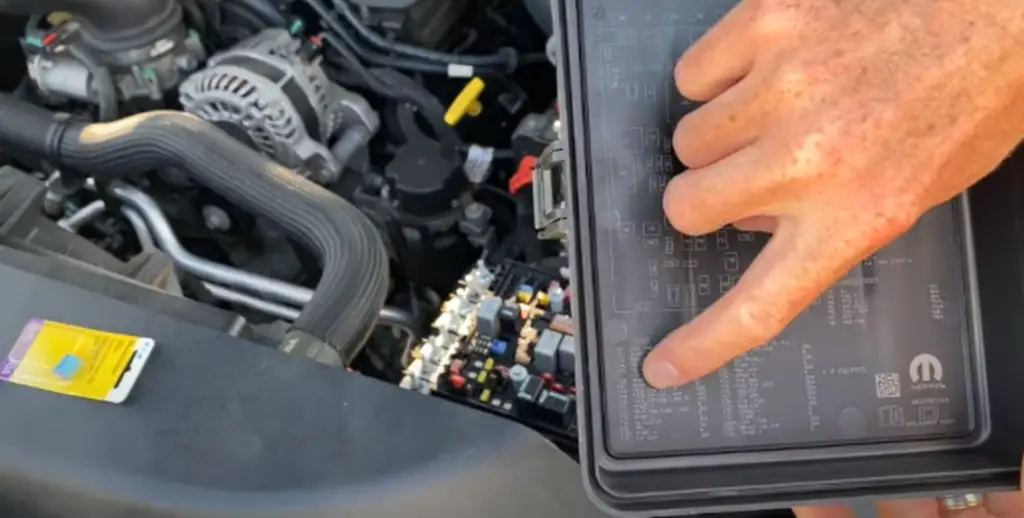
Types of RV Running Lights
RVing is a great way to explore the outdoors while still enjoying the comforts of home. Whether you’re on a solo trip or traveling with your family and friends, RVing provides an unforgettable experience. However, it is important to ensure that your RV has all necessary safety features installed, including running lights. Let’s see the different types of RV running lights and their importance.
- Incandescent bulbs: These traditional lights are the most common type of running lights on RVs. They produce a warm and natural light and are cost-effective. However, they have a shorter lifespan compared to other types of lights and are not energy-efficient. They also attract insects, which can be a nuisance during outdoor camping trips. [1]
- LED lights: These are becoming increasingly popular, because their lifespan is longer and they are energy-efficient, they are also brighter compared to incandescent bulbs. Their light illuminates the surroundings better and is less likely to attract insects. While LED lights can be more expensive than incandescent bulbs, they will end up saving you money in the long run on energy costs. [1]
- Halogen lights: These lights are similar to incandescent bulbs in their warm, natural light, but they shine brighter. They are more energy-efficient than traditional bulbs. They also consume more power than other lights, which can be an issue when boondocking or camping without access to electricity.
- Laser lights: Laser lights are a relatively new technology that uses concentrated light energy to illuminate the surroundings. These lights are incredibly bright and last long. They’re among popular running lights for RVs which emit high-intensity beams that are visible even in daylight and fog. Their precision and focus overcome the problems of traditional headlights and create a clear road view. [1]
- Ambient lights: Ambient lights provide a more subdued form of lighting that is perfect for evening or nighttime trips. They are less illuminating compared to other lights, providing only a soft glow. However, these lights are perfect for adding a nice ambiance to your RV, which can enhance your camping experience.
RV running lights play an essential role in your safety while on the road. It is important to make sure that your RV has working lights that suit your needs. With various types of lights available, from traditional to modern LED and laser lights, you can choose the best lighting for your RV that fits your style, energy needs, and budget. We hope you found our blog post informative and helpful when choosing your RV running lights. Happy RVing and stay safe!
Possible Problems And How to Fix Them
The running lights on your RV are an essential part of your safety gear on the road. They are a great way to signal your presence and help other drivers see you in low light conditions. However, sometimes, these lights can come up with problems that might be quite frustrating to fix. Let’s discuss some of the common issues you may encounter with your RV running lights and how to fix them.
- Bulbs
The first problem could simply be the bulbs. Running light bulbs tend to wear out and need replacing often. So, check first if any of your running light bulbs may not be working. If that’s the problem, replacing the bulbs is an easy-fix solution. [2]
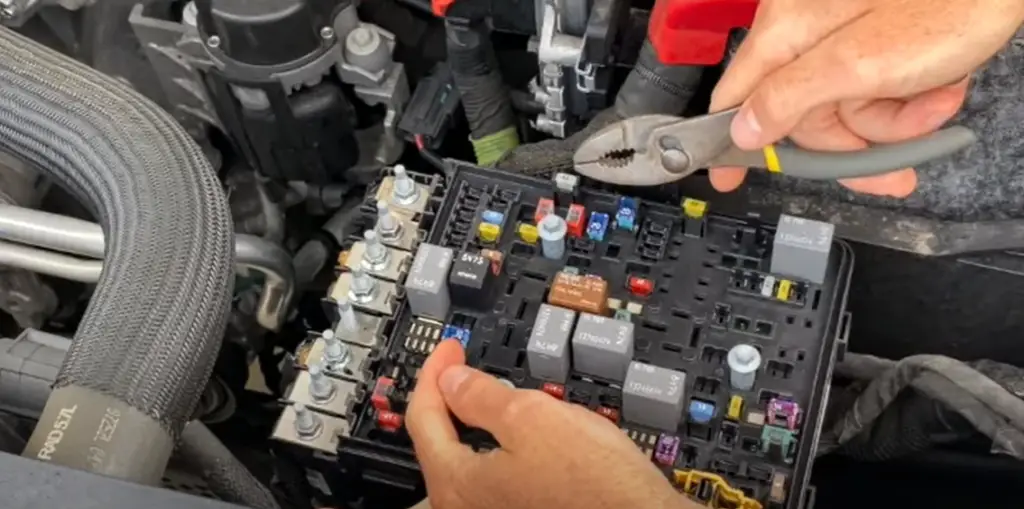
- Loose Connection
Another common problem is loose connections. Due to the vibrations as you drive along uneven terrain, the wires that connect your running lights to the RV’s electrical system may loosen up over time. In such cases, check the wires and connections, and secure them if necessary.
- Fuses
Check whether the running lights fuse isn’t burnt out. Running lights, like other electrical car parts, have fuses that the current passes through to prevent potential short circuits or damage. If the fuse is blown, replace it with the same type of fuse to avoid larger electrical problems. [2]
- Switch
If all the bulbs are relatively new, or the connections and fuses are intact, the issue could be with the switch. Sometimes, a bad switch may prevent the running lights from working correctly. Check the switch by removing it from the panel, and test it with a multimeter to ensure its functionality.
- Ground Wiring
The last problem that could occur is with the grounding wire. As we drive our RV, the vibrations can cause the grounding wire to dislodge or become faulty. In this scenario, check the grounding wire to ensure that it is still connected to the frame of your RV and is not corroded.
RVers must take care of their RV running lights as they are crucial in ensuring their safety on the road. The problems described in this blog are just a few of the many issues that could plague your RV running lights. By following the steps outlined above and taking good care of your running lights, you can quickly troubleshoot any issues and fix them promptly. Remember, always practice safe and responsible driving habits, and we hope you can now enjoy your next RV trip with the peace of mind that comes with properly functioning RV running lights.
Safety Precautions When Driving a RV
Driving your RV can be an exciting and comfortable way to travel. It is important to be aware of safety precautions and driving tips to keep yourself, your passengers, and other drivers on the road safe.
- Know Your RV and its Capabilities
Before setting out on your RV adventure, it is essential to thoroughly understand the capabilities and limitations of your vehicle. RVs can be much larger and heavier than regular cars, and they can take longer to stop and maneuver. Make sure you know the size, height, weight, and dimensions of your RV, as well as the clearance you need for bridges, overpasses, and tunnels. Also, practice driving in an empty parking lot or quiet road to get used to the size and handling of the RV.
- Check Your RV Before Driving
Before hitting the road it is essential to check the RV, as it can help prevent accidents and breakdowns. Always inspect the brakes, running lights, turn signals, mirrors, and tires before driving. Also, make sure your load inside the RV is distributed evenly, and that all the cabinets, windows, and doors are securely locked. Keep the RV well-maintained, including the engine, transmission, fluids, and filters. [3]
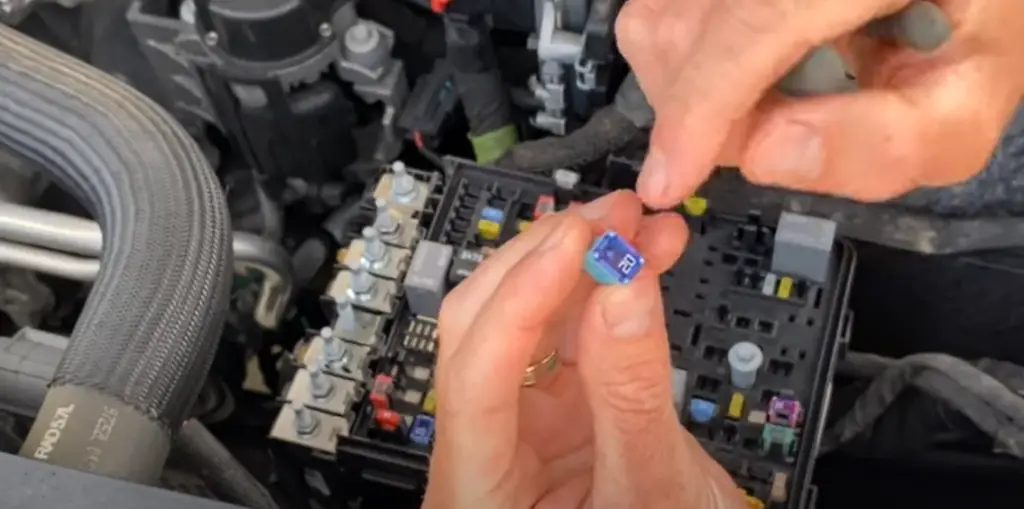
- Drive at a Safe Speed and Distance
RVs are not built for speed, and driving too fast can lead to accidents or blowouts. Make sure you abide by the posted speed limits and adjust your speed according to road conditions, and traffic. Also, keep a safe distance between your RV and other vehicles, especially when braking or turning. Remember, RVs need more time and space to maneuver, and sudden movements can cause instability and loss of control. [3]
- Wear Your Seatbelt and Use Safety Features
Wearing your seatbelt is critical, especially in an RV. Make sure all your passengers wear seatbelts, too, and never allow anyone to ride in an unsecured position. Also, use safety features like backup cameras, blind-spot monitors, and lane departure warnings if available. These features can help you avoid accidents or minimize their impact.
- Be Mindful of the Weather and Environment
Finally, you should always be mindful of the weather and environment when driving an RV. Avoid driving in extreme weather conditions such as high winds, heavy rain, or snow. Also, be cautious when driving in mountain or hilly areas, as steep inclines or declines can affect your speed and brake performance. Additionally, respect the wildlife and natural habitats along the road, and do not disturb or harm them.
FAQ
How to test the trailer lights?
Testing your trailer lights is crucial to ensure that they work correctly before embarking on your journey. Here are some steps to take: first, plug your trailer into your vehicle and activate the lights. Then, use a test light or a multimeter to check if there is power running through the wires. Next, turn on each light, including turn signals, brake lights, and running lights. Ensure that every light is working as expected and the brightness is consistent. If any of the lights are not working, check the socket for damage, wiring, or loose connections, and replace any damaged components as necessary. Additionally, inspect the bulbs themselves to ensure that they are not burned out.
Are there fuses for trailer lights?
The majority of trailers have a fuse box that is separate from the vehicle’s fuse box. However, not all trailers have fuses for their lights. It is crucial to read your trailer’s manual to find out whether your trailer has a fuse box or not. Fuses protect your trailer’s electrical circuits from overloading, ensuring that your lights work correctly. If your trailer lights aren’t working, there is a high chance that a blown fuse could be to blame.
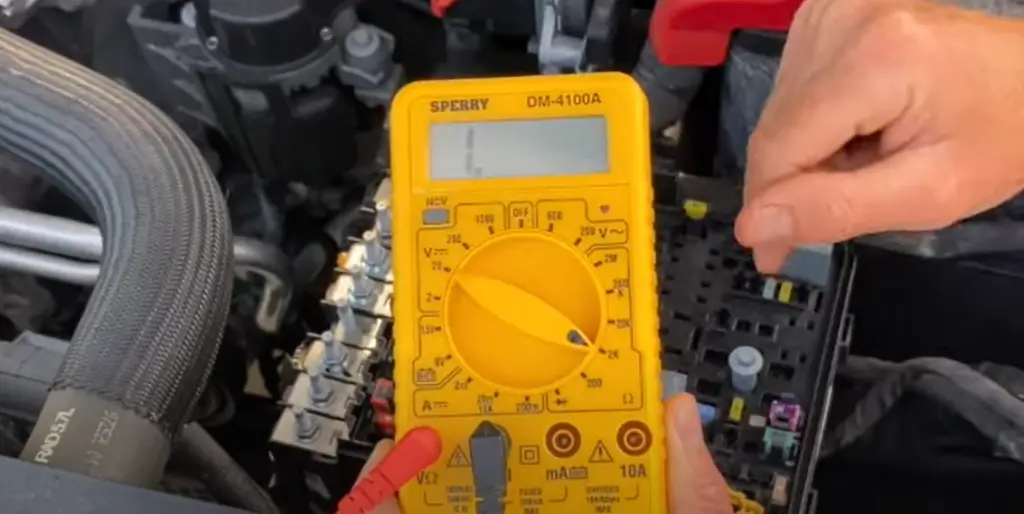
What could cause running lights not to work?
Running lights are among the most common lights on a trailer and are often used when driving at night. If your running lights aren’t working, check for any loose or corroded connections, as this can be a common cause. Another cause of running lights not working is a blown fuse. Be sure to check the fuse box to see if this is the case. If the fuse is blown, remove it and replace it with a new one that is of the same amperage. Finally, consider the bulb itself. If the bulb is burned out, it will not work correctly. Inspect the bulb for any signs of damage, and replace it if necessary.
Are tail lights and running lights the same?
No. While they might look similar, tail lights and running lights serve different purposes. Tail lights only come on when you apply the brakes or turn on your headlights. They are essential to alert drivers behind you that you are slowing down or stopping. In contrast, running lights are turned on whenever you turn on your headlights, regardless of whether or not you’re braking. They make your trailer more visible at all times and can help you avoid accidents when driving at night.
Useful Video: Camper running lights repair
Conclusions
A malfunctioning running light system can be frustrating, but you don’t have to let it ruin your RV driving experience. By following the tips we’ve outlined here, you can quickly identify the cause of the problem and get started on fixing it. In the meantime, always remember to take the necessary precautions and be extra careful when driving at night or in low visibility conditions. Safe and happy RVing!
References:
- https://www.mortonsonthemove.com/rv-lights/#:~:text=Typically%20powered%20by%20your%20RV’s,halogen%2C%20or%20maybe%20a%20combination.
- https://www.doityourself.com/stry/runninglights
- https://rvlife.com/rv-driving-tips/


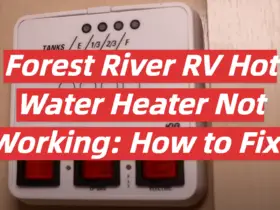
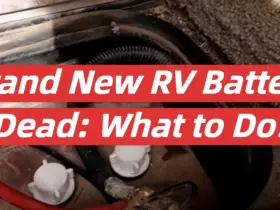


Leave a Reply